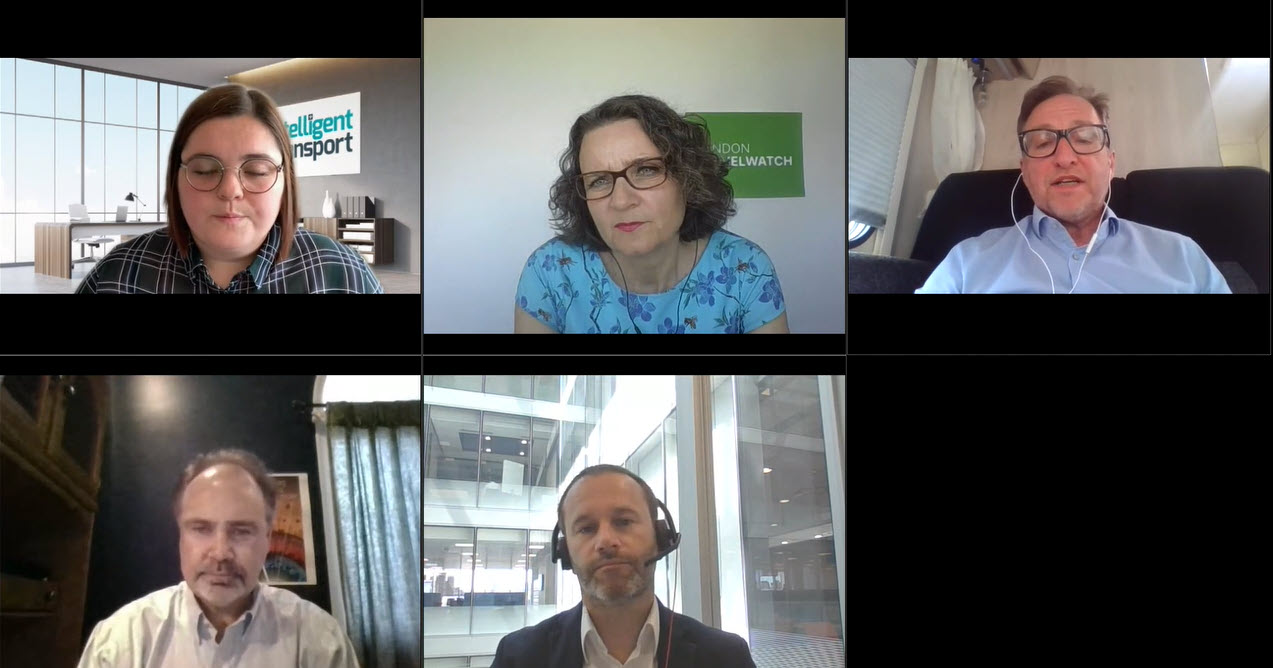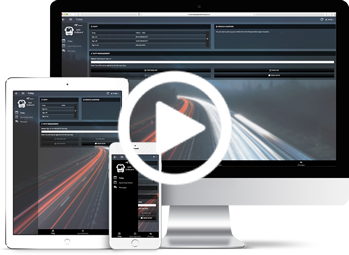How Can Bus Travel be Made Even More Inclusive?
Inclusivity of public transport was a key topic during a recent webinar co-hosted by Intelligent Transport and Trapeze Group. While public transport in major cities such as London is already regarded as being accessible, it is important to recognise that all services must be as inclusive and attractive as possible. Only by doing so will we hit decarbonisation targets which require a 40% increase in bus patronage over the next 15 years.
One of the panellists on the session, Emma Gibson, CEO of London TravelWatch, described the London bus network as, “the most accessible and affordable form of public transport,” – it gets to places that the train and tube simply cannot.
The capital’s iBus system demonstrates the concept of ‘inclusive design’ – originally conceived for people with visual disabilities, the system became an incredibly powerful tool for all bus users. This is an example of how we can improve the bus experience for everyone, but what more can be done to ensure that buses can be – and are – used by as many people as possible?
The Importance of Accessibility
More than 14 million people in the UK are classed as having a disability. For this community there remains work to be done in terms of making bus travel easier. For example, Emma Gibson noted that the digital displays on buses tend to be behind the wheelchair space, making it difficult for people to see the screens. Interestingly, Trapeze heard similar reports when undertaking our own research into bus travel in London, as was discussed in this article titled, Putting the bus at the heart of our communities.
Addressing this topic, Paul Comfort said, “large transport organisations can often put in place rules around passenger transport for people with disabilities that may sound good on paper but aren’t customer-centric.” He suggested that solutions should be co-produced alongside people with disabilities to ensure the right actions are being taken.
Paul Attenborough of Trapeze Group stated, “we can’t leave people behind – we have to make sure the vehicle has technology that is delivering the right message to the passengers.” From audio descriptions for arriving buses, to using apps showing whether the wheelchair space is free, we can use technology for a next-level customer experience and make bus travel more comfortable for those who need additional support.
Travel for All Incomes
Emma Gibson also discussed economic issues, making the point that “inclusivity is more than just accessibility; it’s making sure it’s delivering transport systems that suit all passengers.” This includes people who require financial support.
TfL’s ‘Hopper Fare’, which enables passengers to make multiple journeys for £1.65 within an hour of boarding, has revolutionised travel in London. It has ensured that travel around the capital is less expensive and, according to Emma Gibson, allows people to do jobs they couldn’t reach if they had to pay two fares. The Hopper Fare, paired with the fact that most Londoners live within 400 metres of a bus stop, has made bus travel the most open and affordable way to get around in London.
Conclusion
To ensure that the 40% increase in bus patronage targets are met, the bus network needs to be welcoming for all. Our panel of experts touched on many measures that could be employed in order to increase inclusivity and take steps towards meeting these targets.
By utilising technology, we can improve the customer experience. We can, according to Paul Attenborough, deliver information to the passenger, “when they need it and how they want to consume it,” through measures such as digital signage both on and off the bus. This information is key to ensuring people can plan and undertake safe, convenient, and reliable journeys. This will grow trust in the bus network, thereby increasing ridership.
Finally, we must work with those individuals who need extra support in order to make sure the actions being taken are right for them. As Paul Comfort said, “we’re here to help people – let’s make sure that our rules and regulations are actually working and not just sounding good on paper.”
To discuss the inclusivity of bus travel further, please get in touch. You can watch this session recording below.
Bus to the Future: Imagining public transport in 2030 and beyond – and the changes needed now to ensure we get there
The Bus to the Future Webinar Panel

Clockwise from top left:
Leah Hockley, Editor of Intelligent Transport (Moderator)
Emma Gibson – CEO of London TravelWatch
Paul Attenborough – Programme Director at Trapeze Group
Warwick Goodall – Member of PA’s Management Group at PA Consulting
Paul Comfort – Host of Transit Unplugged Podcast
Here to help
Contact us and speak with one of our specialists:
+44 (0) 808 281 1039
More Info
About Us | Careers | Contact Us | Legal | Privacy
Trapeze Group respects your privacy

